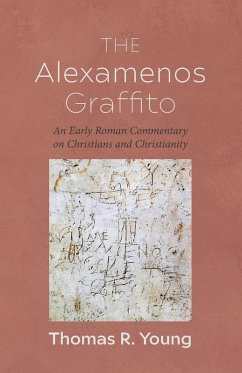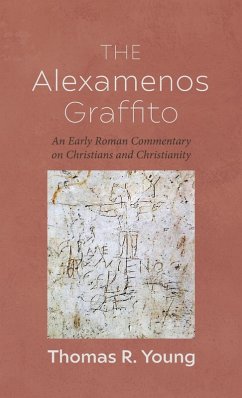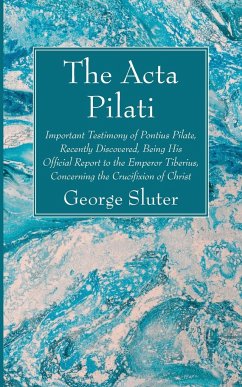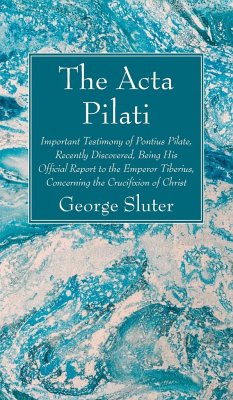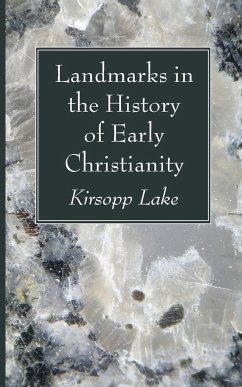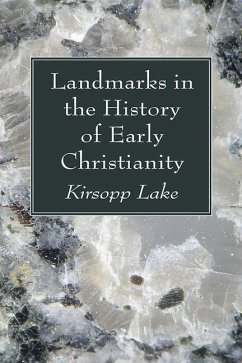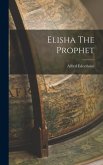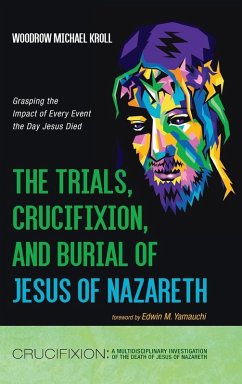Since its discovery in 1857 in a room of the Pedagogium, a one-time imperial palace turned page school on the Palatine Hill in Rome, the Alexamenos Graffito has been one of the most widely known inscriptions attributed to early Roman attitudes toward Christianity. A sensation after its discovery, the Graffito was described by an international host of nineteenth-century writers and scholars; these descriptions of the Graffito's environment and the host of Latin and Greek graffiti served as fodder to fill guidebooks for the wealthy as they made their way through the then eponymous ""Grand Tour"" of Europe. But aside from being merely a tourist attraction, the Alexamenos Graffito has, over the past century and a half, proven to possess valuable insights into the sophistication of Imperial Rome, from the breadth and scope of Roman education; the techniques and mechanics of capital punishment; and the attitudes and practices utilized in Roman cult. This work provides readers the eyewitness accounts of the Graffito at the time of its discovery, the scholarly commentary that has helped us understand the meaning of the Graffito, and a context for understanding the world that surrounded Roman Christians in the third century.
Bitte wählen Sie Ihr Anliegen aus.
Rechnungen
Retourenschein anfordern
Bestellstatus
Storno

